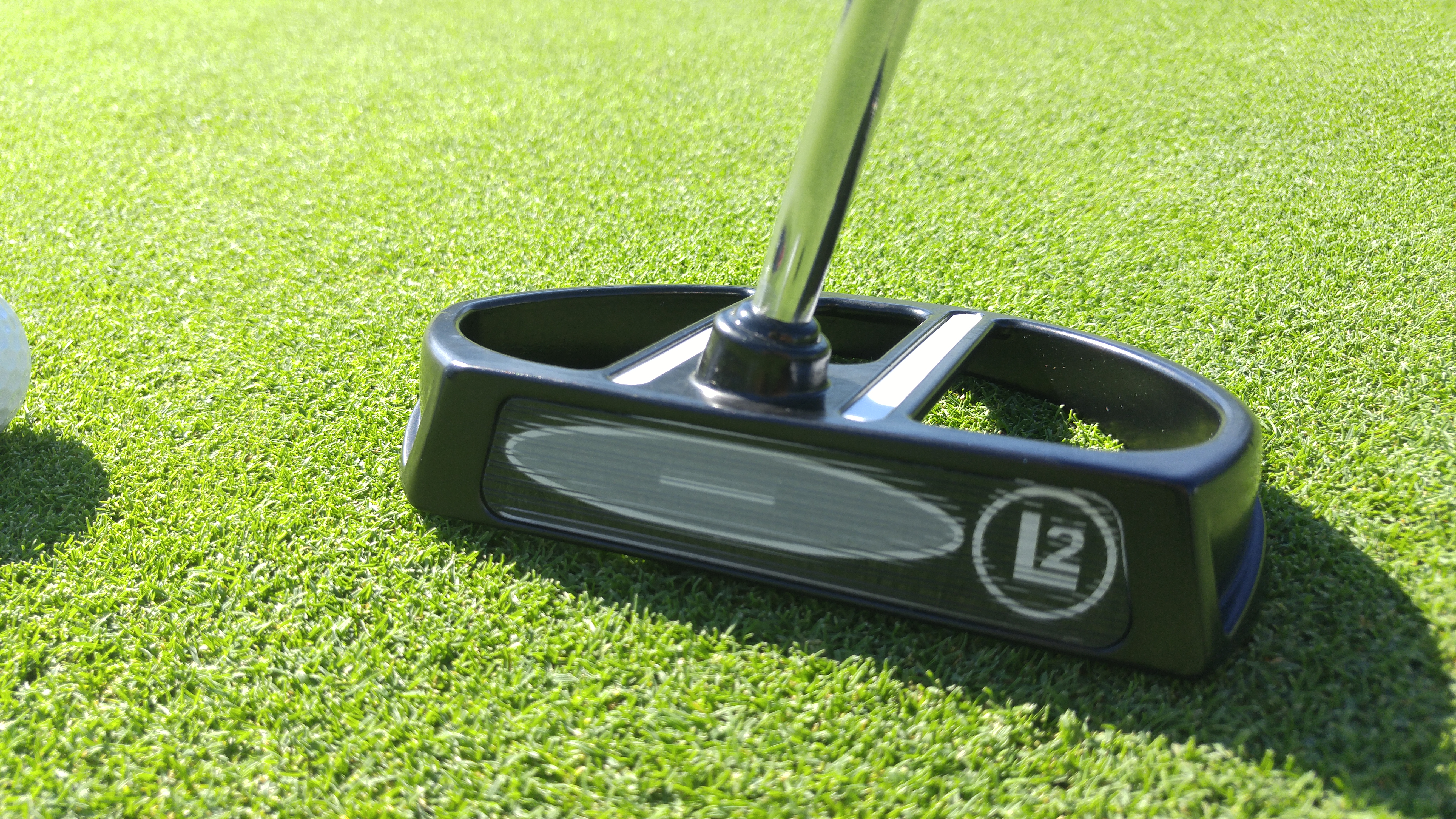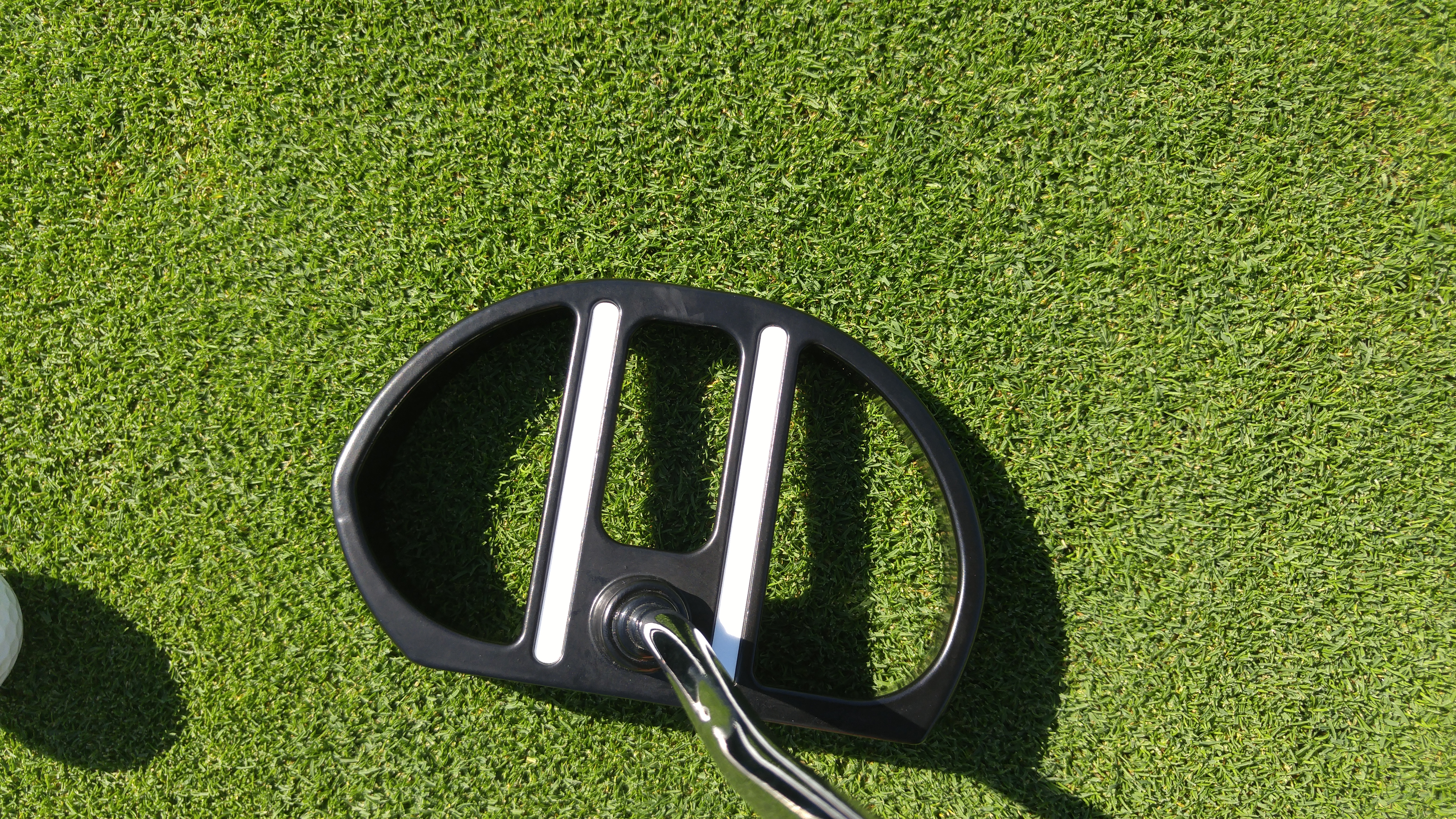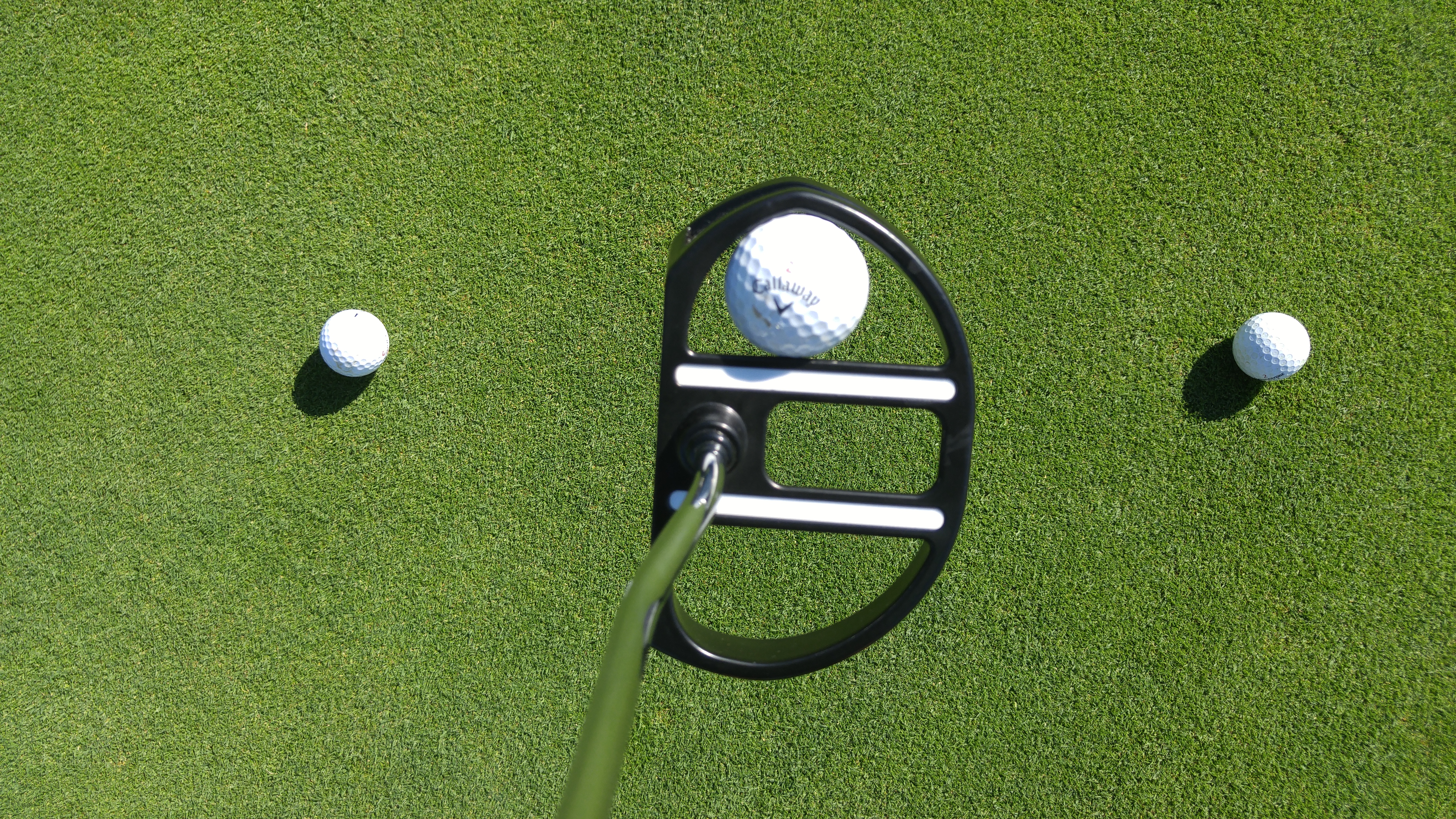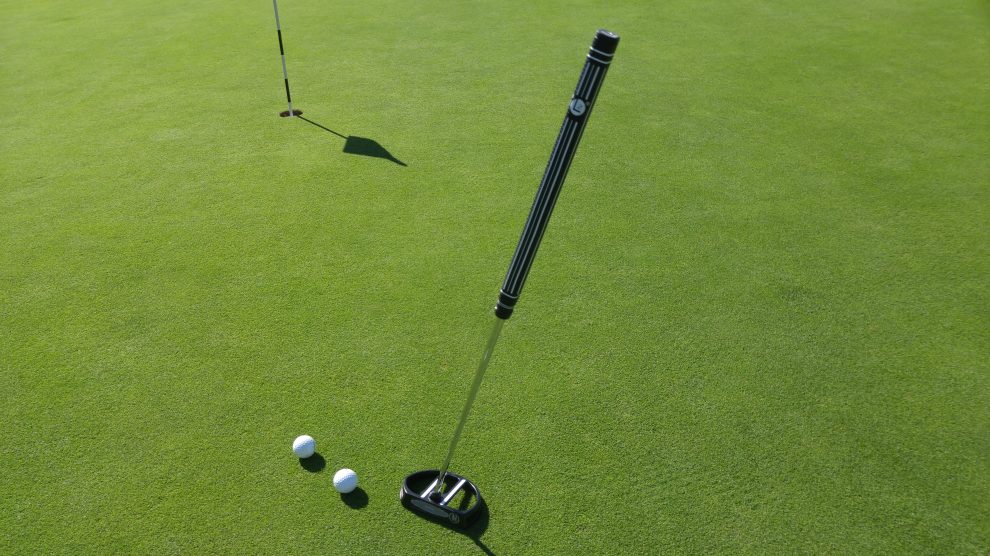Putters are the most personal of golf clubs, in my view, and that's why I'm typically reluctant to review how they perform.
How you putt disqualifies so many models right away. If you have an inside-out arc stroke like I do, then the last thing you want is a face-balanced putter.
Aesthetics matter so much, too. That putter has to look as good in your hands as it feels. It's an opportunity to inspire confidence over the ball, which is critical when it's all on the line. That could mean your putter needs to look pretty. That could mean it helps line you up better to the target. That could mean that it's big enough to feel like you'll putt better even if you miss the center of the face.
However, some players have a phobia about putting. They've either got a poor technique, or the game has beaten them down enough that it's sometimes hard to even take the putter back. Putting has become a mental block, and they're looking for answers -- preferably as quickly as possible.
That's why someone might to turn to a putter like the L2.
The L2 putters are big and heavy, promising to have the highest moment of inertia factor to keep putts online while promoting a pendulum stroke with a head that is about twice as heavy as your standard-issue blade.

Coming in at 620 grams and about as wide of a blade as a modern mobile phone -- to be exact, 6.25 inches compared to a typical 5 or so (it has a 5-inch face from heel to toe) -- the L2 putter is hard to miss on the green, and, with it, it's hard to miss the ball. The idea is that it's so big that you can hit it anywhere on a 3.5-inch space on the face and you'll hit a portion of the sweet spot. Even if you did miss that spot, you'd still have enough MOI protection to get the ball most of the way to the hole and reasonably online.
The head is largely a piece of steel shaped kind of like a cursive capital D, with supporting beams connecting front and back at the bottom and top of the head. Specifically at the top, there are two beams, painted white and as wide as a ball to create an aiming marker.
To that end, the putter can stand up on its own, albeit a little toe-down, so you could set an aiming point, step out of the putt to assess and step back in.
The L2 is center-shafted, primarily because there's no way that a player could consistently drag the putter back and through to square if it were heel-shafted.

The L2 is best used with a side-saddle stroke, meaning you and the putter face forward to the target and make the stroke in a pendulum style with the traditional lead hand atop the grip and the traditional trail hand lower on the grip.
You can, of course, use a traditional stroke. However, I found it uncomfortable to use my arc stroke with the L2. My stroke is incompatible, in my view, in part because of the way the putter stands on its own, toe slightly down. The sole and weight of the putter make it difficult to lay on its heel. The only way to feel comfortable with it is to take a straight-back-straight-through or even an outside-in stroke -- basically, a flat stroke. The variable nature of the putter's loft, which can range from 2-4 degrees depending on how you lay the putter, could lead to manipulation of the stroke.
The weight of the putter -- a 620-gram head and a 200-gram, 16-inch square grip -- can also a problem, as it's so heavy that it's difficult to make a consistent stroke on putts of significant distance. The sweet spot may be large, but being able to make a consistent stroke, which the L2 aims to create, is more important. It would take the average golfer a fair amount of practice to develop some confidence in their ability to make a consistent stroke. The initial result is a sometimes wobbly stroke, despite the weight of the putter head.

However, in testing, the L2 does a good job of getting the ball rolling with forward spin quickly. There's not a lot of scooting. The misses on mid-range putts were manageable, which may be welcome news to players who struggle with more traditional styles of putting to get their first putt in that ideal 3-foot circle.
The idea here is a good one. The L2 intends to create a stroke that takes your hands out of the stroke to make a consistent, pendulum-inspired motion that's more predictable and consistent from any distance. It just seems the product is too heavy to accomplish that goal, and it lacks the adjustability to its standard 75-degree lie angle of the center shaft to be comfortable for every player -- at least not without a significant amount of time and effort.
However, if you're looking for answers and other styles of putter have failed you, then you might be willing to break yourself down to build yourself back up again.
If you're a former anchorer and you're finding that counter-balanced solutions aren't effective and aren't heavy enough to prevent twitching and pulling putts, then you should look at the L2.
The L2 putter costs $170 and is available on their website.

